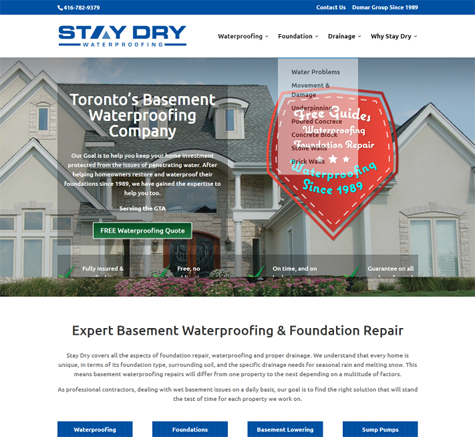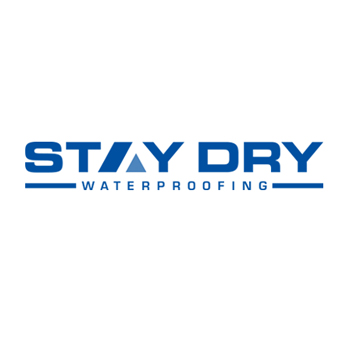For any homeowner, a wet basement can be a problem. Whether it is an unfinished basement that has damp wall or wet finished basement, the big enemy is water. It can cause mildew or mold. Being exposed to water continuously can ruin your personal belongings and also weaken the structure and damage the foundation’s stability.

If you have damp walls or cracks that are leaking in your basement, then you need the expertise provided by a basement waterproofing contractor.
How Is A Wet Basement Taken Care Of By A Basement Waterproofing Contractor?
First, your basement will be reviewed by the basement waterproofing contractor in addition to any other parts of your house that need waterproofing. The contractor will identify the problem and recommend a few effective methods for taking care of it and suggest the waterproofing method that will suit your house the best.
What are the Various Wet Basement Waterproofing Techniques?
- Sealants
If water is entering into your basement through the cracks, your contractor will seal up the cracks and assist you with solving the problem. Special waterproofing or sealant coatings are used for sealing the cracks and keeping the water and moisture off.
It is important to keep in mind that although sealants are an inexpensive way to address the water problem, that is not a good solution for a house that has strong hydrostatic pressure. This is an ideal solution for minor dampness but doesn’t work is a basement is flooded.
- Crack Injection
For a poured concrete foundation, cracked injections are perfect. If your basement waterproofing contractor concludes that water seepage is coming from the walls, they will use polyurethane or epoxy injects to seal the cracks up.
- Interior Waterproof – Drainage Systems
A majority of homeowners choose this solution because there is no exterior excavation involved and is less expensive. It is referred to as a “water control” solution since it doesn’t prevent water from entering the basement walls. Instead, it manages water after it enters into the walls.
If you choose to go with interior waterproofing, weeping tiles will be installed by your contractor to direct water out of the basement and into a sump pump system.
Don’t compromise on the expertise and experience of a basement waterproofing contractor. An inexperienced contractor might damage your foundation’s structural integrity while installing the sump pump and weeping tiles.
- Exterior Waterproofing – Excavation
Your contractor will start to excavate the earth surrounding your house. Hydraulic cement will be applied to care for the affected areas and drainage tiles will be installed. If you need a water well to improve the waterproofing, your contractor can build one.
Exterior waterproofing is referred to as “positive side waterproofing” as well since it deals with hydrostatic pressure and prevents water from entering into your basement.
However, exterior waterproof is time-consuming and may be expensive depending on your home’s water problem. If more than one area has water infiltration, excavation may be conducted around several of your home’s foundation walls. That can increase the costs of waterproofing your basement.
No one size fits all solution
There is not a single method that can address all of the dampness and flooding problems in a basement. Each house is different and it is critical to address the specific problem in detail by thoroughly understanding the cause.
For some homeowners, crack injections and sealants can take care of their problem, while others might need to have exterior waterproofing services done. That is why it is so important to call an experienced and reputable waterproofing contractor. The contractor will be able to recommend the best method to take care of your wet basement.
